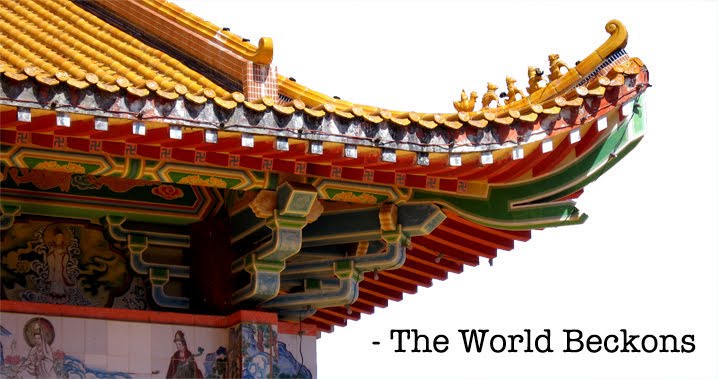 |
| Not New Church. |
Several set into the Newcastle Cathedral floor date back to the 15th and 16th centuries – 400 or so years after the church was founded.
Their carvings have been softened by countless people literally stepping through history.
Today, several people are tucked into sleeping bags in the corners, stained glass painting them in blinks of colour. It’s the only cathedral in England whose patron saint is St. Nicholas, who, in addition to bringing presents to children, apparently protects sailors and boats.
A list of every church organist since 1508 hangs from one of the pillars, which is astounding. The place is a virtual history book hewn from stone, marble and glass.
And yet, it’s a bit of an anachronism.
Soft light flickers from a large multimedia display that provides history lessons about the town's rogues through the ages.
And an inflatable dragon stands, grinning, in the middle of the floor.






























